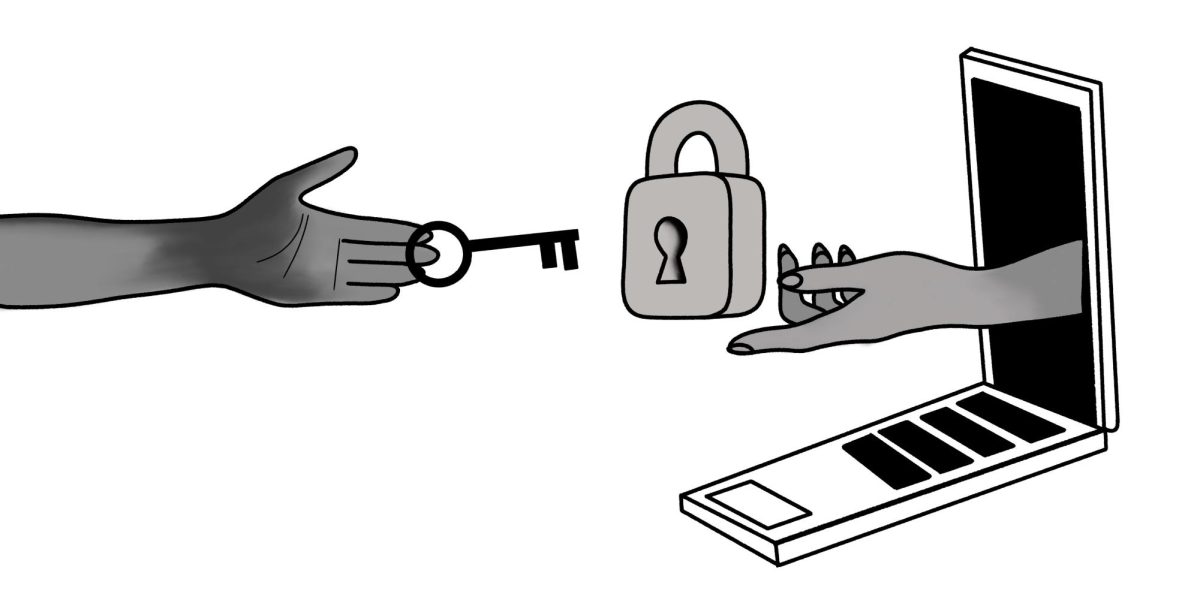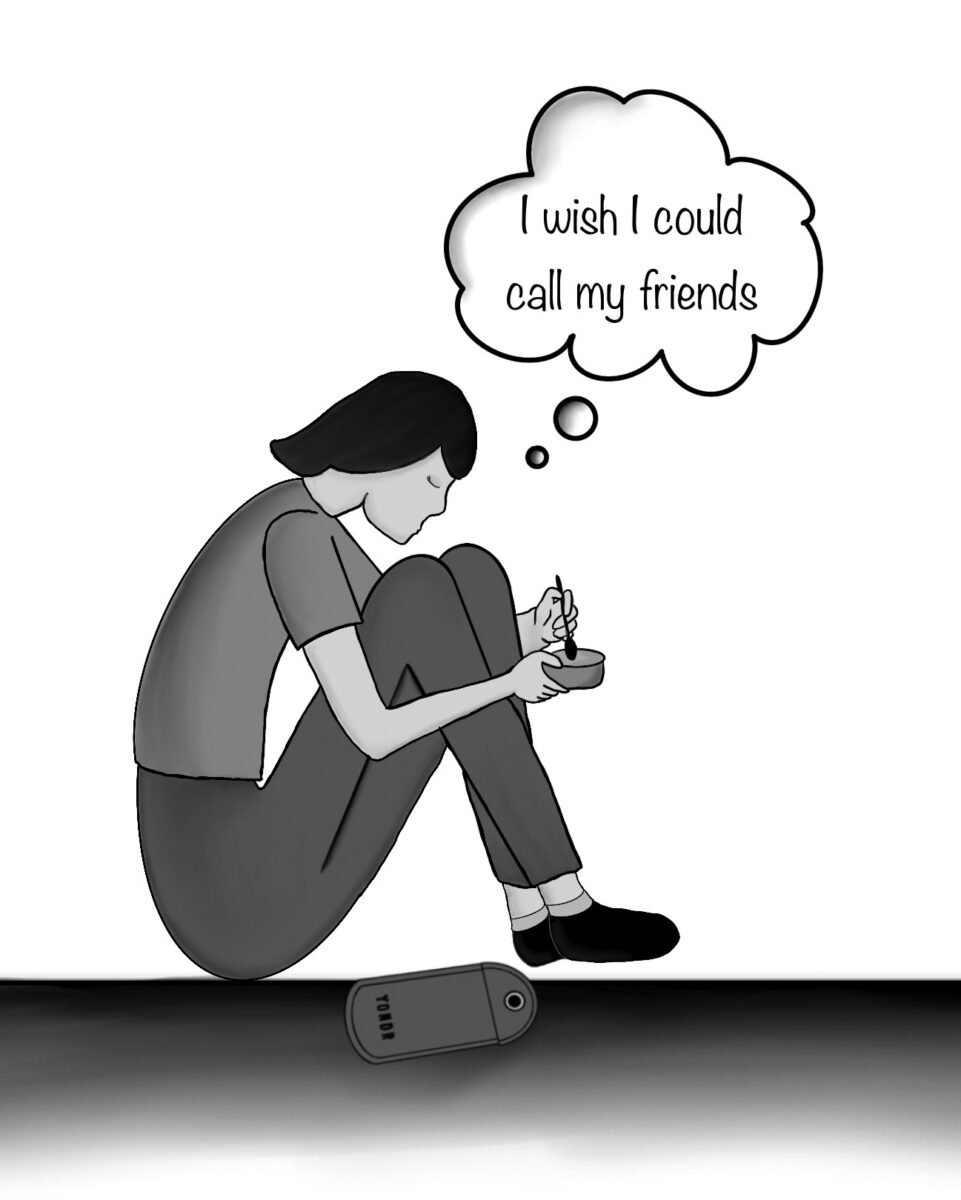When the student and parent survey for next year’s schedule appeared in the inboxes of Redwood families just four days before the official teacher union vote, students seemed optimistic that their opinions were finally being considered. After all, aren’t we just as affected by the schedule change as teachers?
Although the survey results indicated strong preference for the double block schedule with upwards of 70 percent voting in its favor, this feedback seems to have been disregarded. While administration provided students the opportunity to voice their

opinions—through a two-button form—the survey more closely resembled a half-hearted attempt to mislead students into believing our feedback held some value instead of an effort to actively include our opinion in a school-wide decision.
Nevertheless, we must first acknowledge that administration requested any sort of feedback regarding the scheduling vote in the first place. It has been known to the public for quite some time that only teachers who are union members were able to vote on this decision, so we should appreciate that students and parents were given any sort of opportunity to share their opinions. With that in mind, there were circumstances that made it clear to those taking the survey that their feedback was not valued by the school.
The discussions regarding the schedule that will be in place for the next two years have persisted for months, and some teachers have actively pushed their points of view surrounding the schedules to sway student opinion. One Redwood staff member even had the survey link advertised on their classroom whiteboard with the words, “take the survey to vote against the double block here” above the link.
By the time administration sent out the schoolwide survey, student opinion was already solidified—and so were teacher opinions. The survey was only sent between April 22 and 24 to students and parents through email, leaving less than a three-day period for all parents and students who received it to submit their preferences. For important school information, students expect to receive a text message. Yet, students received the survey through email, a form of communication that many teenagers don’t regularly check.
Furthermore, the data from the survey was presented to those in the teachers’ union just 24 hours before they voted, leaving almost no time for any consideration of student and parent feedback in the first place. By the time of the vote on April 30, there had been little time for discussion and analysis of the survey data.
Additionally, administration and staff disregarded student opinion in the creation of the schedule itself. When offered the opportunity to partake in the survey, students were only presented with the option of choosing between two predisposed schedule options, while some students wouldn’t have chosen either option for the schedule next year. Many felt the seven minute passing periods in both options to be unnecessary, later release times an annoyance and the short lunches to be an intrusion of the already minimal time alloted to relax and socialize.
If administration had offered students the opportunity to craft their own schedules for consideration, students might have been less outraged at the result of the vote; from the beginning, students were not involved regarding schedule planning or decisions. The lack of student inclusion perpetuates a cycle of a misinformed and unconsidered student body without the resources to advocate for change against administrative forces.
In the end, the lives of students and parents will be impacted by every minute that changes in the schedule. For example, the shorter lunches will add up to nine hours less of lunch per year. It will leave clubs with less time to meet, impacting the popularity and efficacy of lunchtime organizations.
According to the Tamalpais Union High School District Mission Statement, “Upon graduation, students will be prepared for engaged citizenship and able to contribute individually and collaboratively in order to address the challenges of a dynamic and diverse world.” How can we expect students to participate and collaborate in a demanding environment if students are not actively engaged in discussions regarding their own school?
It seems that this survey was not a true platform for student opinion, but a way for administration to make us feel as if we had a voice. It’s not only disappointing for a student body of nearly 2,000 to be ignored by its administration after being asked to give feedback, it’s demeaning. To be asked to speak our minds only to realize we are shouting into the void is almost worse than not being asked at all. It demonstrates that administration is aware of our voices, but not truly hearing anything.











